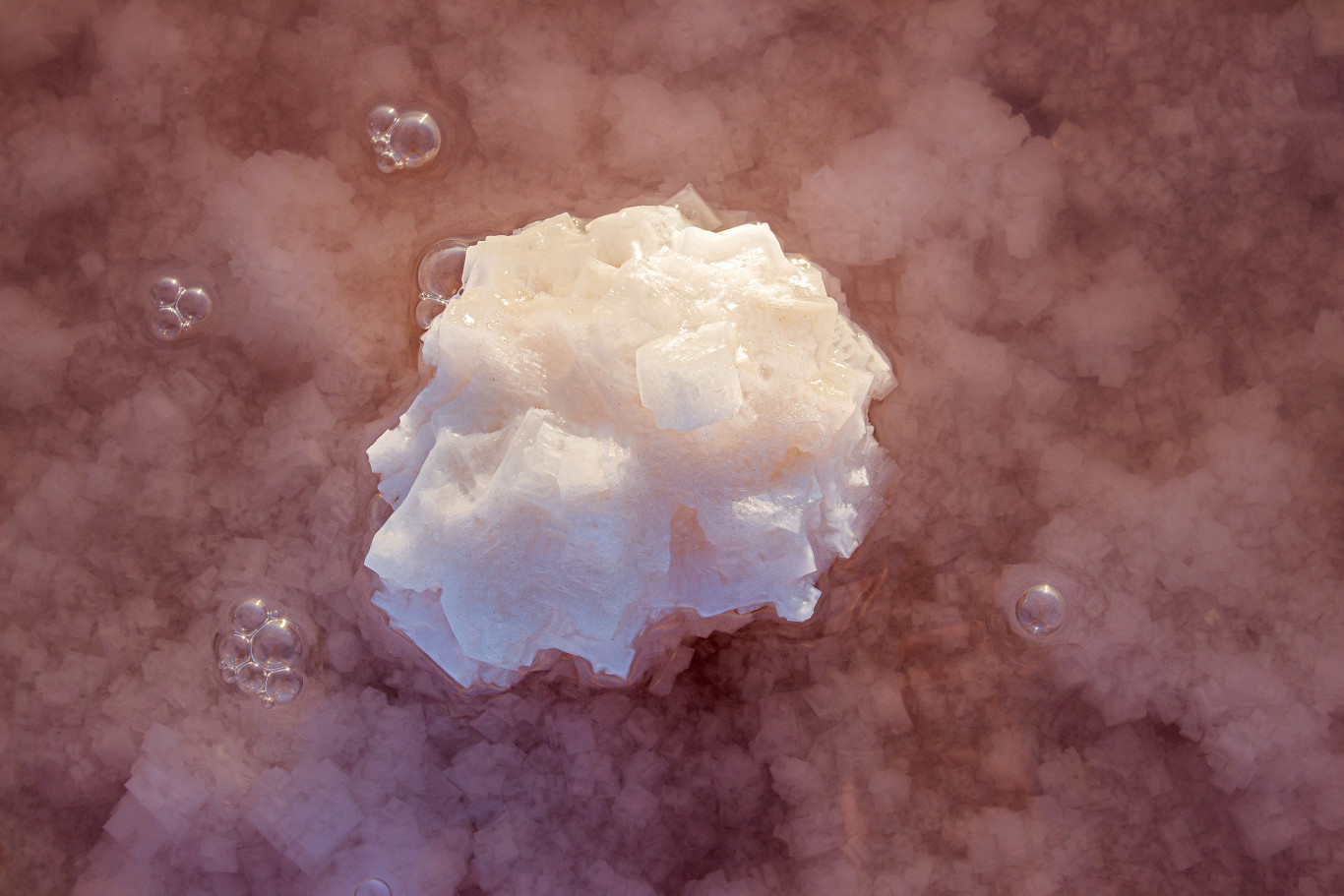State of the art regarding the microbiota in hypersaline media

University of Alicante, October 2021
NOTE: the original work in English was carried out by a team (see Author Contributions, under these lines) led by Ms. Rosa María Martínez Espinosa, Professor of Biochemistry and Molecular Biology. Department of Agrochemistry and Biochemistry (Faculty of Sciences) and Multidisciplinary Institute for the Study of the Environment "Ramón Margalef" University of Alicante, Ap. 99, E-03080 Alicante. IP research group "Applied Biochemistry".
Hypersaline ecosystems are environments in which the concentration of salt present in the water or in the soil is about 10 times higher than seawater (the average salt content in seawater is 35 grams/litre, while in hypersaline ecosystems such as the Dead Sea can reach 337 grams/litre). These ecosystems can be coastal or inland systems, being able to find salty lakes or lagoons, salt pans for salt precipitation (coastal or inland), marshes, saline diapirs, etc.
Traditionally, hypersaline environments have been valued for their landscape characteristics, for being habitats for a large number of animal species (particularly migratory birds or small crustaceans), for mining exploitation that can be carried out in many cases (extraction of sodium chloride mainly for human consumption roads, food processing or cosmetic production, among other uses), or for its tourist value (salt crust baths, buoyancy in hyper-salty water from the Dead Sea, therapeutic mud baths, etc.).
At the end of the 1970s in the 20th century, advances in microbiology, biochemistry and molecular biology techniques and protocols allowed the development of studies in which new microbial species began to be isolated and characterized from environmental samples of all kinds. These studies gave rise to a new way of understanding nature and confirmed that microbial diversity is much broader than initially suspected. Hypersaline environments were not immune to this phenomenon and from then until now, the investigation of the microbial biodiversity of these hypersaline ecosystems constitutes a field of action of great interest worldwide. This interest is based above all on the fact that many of the microorganisms that inhabit these media have peculiar characteristics that allow them to live in the presence of high concentrations of salt. Thus, their metabolism and certain molecules they synthesize are of great interest for industrial processes and biotechnological applications.
The impact of these biotechnological applications (production of bioplastics, pigments, antibiotics, removal of heavy metals, etc.) is such that more and more studies are exploring and describing for the first time hypersaline environments not studied molecularly until now, with the objective of characterizing the microbial biodiversity that inhabits them and determining possible applications of the species present there or the molecules they produce.
In this context, hypersaline environments such as the Laguna Rosa de Torrevieja, Laguna de la Mata, inland salt flats in the province of Alicante in the upper Vinalopó, etc. they are still poorly studied environments, despite the fact that they are known on a large scale due to their interest in mining exploitation to obtain salt.
This work aims to give visibility to the added value of these ecosystems (emphasizing the Laguna Rosa de Torrevieja), as natural sources of microorganisms with interesting applications in Biotechnology.
author contributions
Rosa María Martínez-Espinosa (RMME) conceived the global project and managed the financing. Guillermo Martínez (GMM) and Rosa María Martínez-Espinosa carried out the bibliometric and bibliographic analysis and integrated all the data into the local database. Carmen Pire (CP), GMM and RMME analyzed the results and contributed equally to the writing of the original draft, review of the results and final editing. All authors have read and accepted the published version of the manuscript.
Money
This work has been funded by the Torrevieja City Council and by a research grant from VIGROB-309 (University of Alicante)